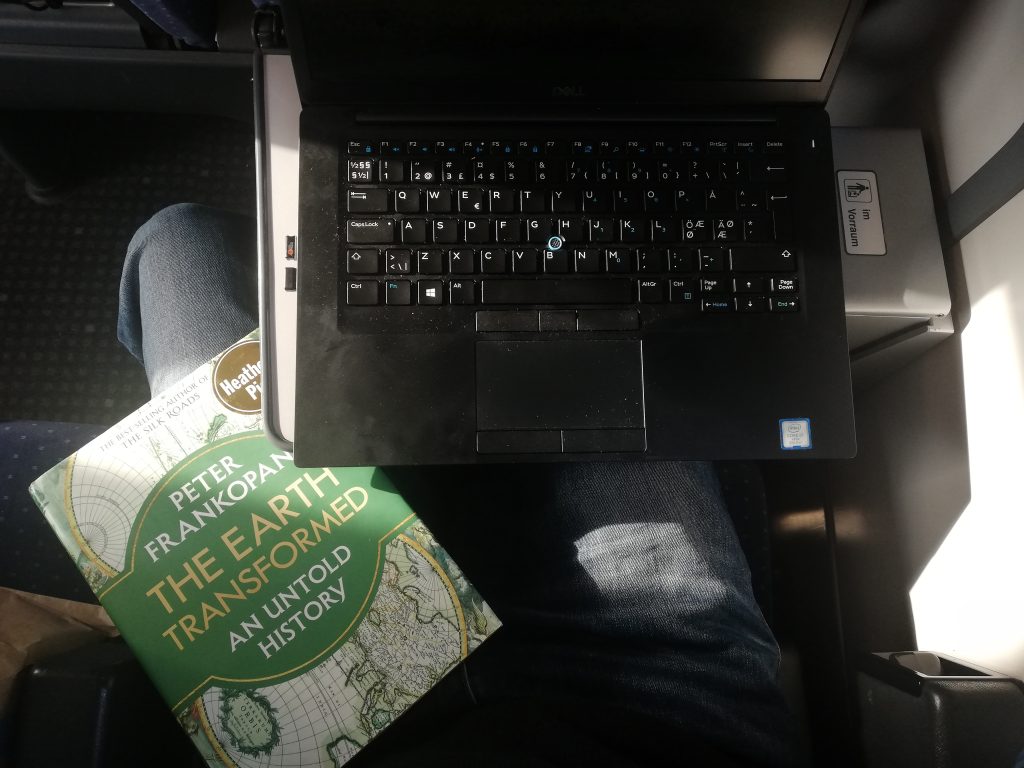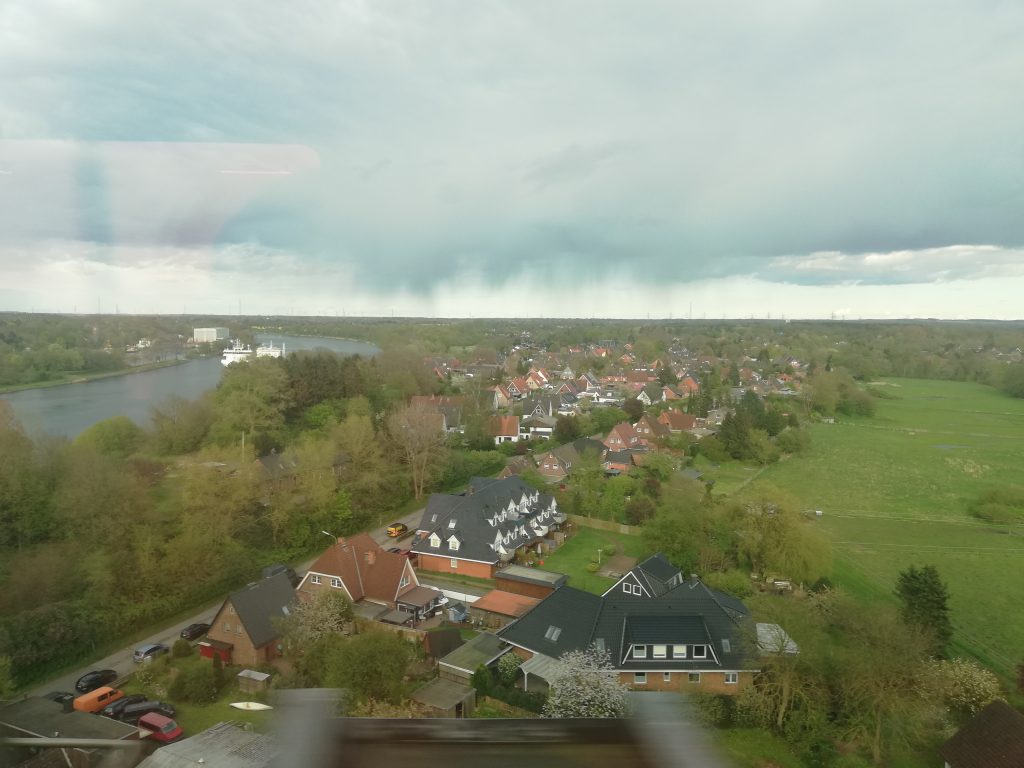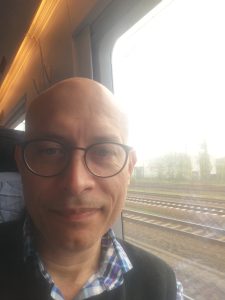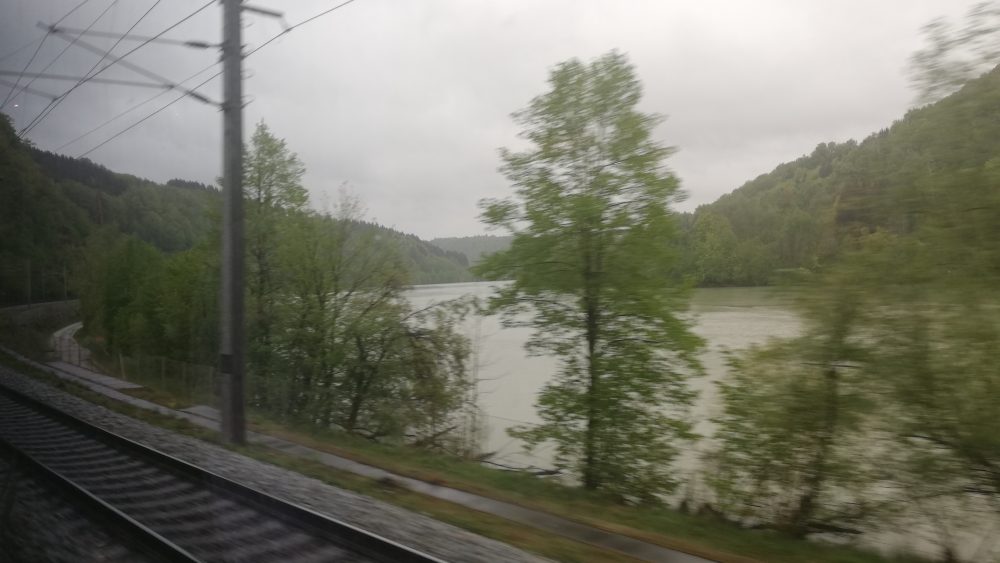Written by:
Alfredo Mendoza, Senior lecturer, Engineering Geology, LTH
It was short after five in the morning when I went to the tram station and started my trip from Lund to Vienna. Going early morning to take a train brought me memories from my childhood with my mother, waking up early in the morning to go to the village station. The train would horn one hour ahead of departure so that travellers could make it in time to the station. Then the old train would slowly move among mountains, volcanoes, and by a lake shore to finally reach Nicaragua’s capital seven hours later, only 140 km away! For a child, that railway – built to speed up agricultural industrialisation during one of the most dramatic dictatorial periods in the national history – was filled with chances to eat traditional snacks and get my favourite drink at the time, “café con leche”.
Now, I was going to take the train to Vienna to present some work on groundwater at the European Geosciences Union assembly (EGU). My motivation for taking the train was simple; if I am introducing environmental issues in my Engineering Geology teaching, telling students that there are not infinite amounts of natural sand for construction, and when I am witnessing increasing stress on groundwater resources, then I should choose means of transport that have less impact on the environment. Yes, it is indeed more expensive to travel by train, but we shouldn’t wait for it to become cheap, as the alternatives to train bear higher costs for the future. As a migrant and an academic aware of the sustainability challenges, I want to reserve my flight’s ‘quota’ for the intercontinental trips to visit relatives. And I aim to live as I teach!
Working and talking to strangers
My outbound trip included changes in Copenhagen, Hamburg and Würzburg, and took almost 17 hours, trip that I made on a Sunday. It didn’t go without troubles; the train from Hamburg was changed without notice, and if I didn’t have contacted the German train services, I would have missed my presentation that was scheduled next morning. Stressing! Here I learned that having the DB-Navigator app was the best way to track the train schedules. This meant that the final change was not done in Würzburg but instead in Nürnberg. From there, I could breathe calmly as then I was sure to arrive in time for the conference.
What did I do during the travelling time? Well…what about working a bit? I was equipped with a laptop, a book, and articles. Note that the Copenhagen-Hamburg train did not have el-sockets, at least not in my carriage. It is also a good idea to talk to other travellers. On the outbound trip I met a senior travelling from Norway to England to visit his son, and on the inbound trip I talked to an Austrian music student going back to the school in Berlin. What about food? My solution was to bring knäckebröd, fruits and a thermos with light-roasted brewed coffee. The closest to real coffee one can get at these latitudes. But there is a bistro in most long-range trains, and plenty of restaurants around the train stations, if one cannot bring own food.


Following Freud for a coffee
Vienna was a nice vigorous city with smooth and efficient public transport. Getting there by train had the additional advantage of arriving right in the city centre, avoiding all the traffic complications. Planning well in advance made it possible to fix accommodation at a relatively low cost, although Vienna was not the cheapest place I have visited, in my experience only beaten by Oslo. Despite the tight conference schedule, I could scape a couple of times, take a coffee (8 am) at Café Central, the coffee-house where the psychoanalyst Sigmund Freud and politician Leon Trotsky used to meet their friends, and the Arts History Museum with its impressive painting collections, ancient Egyptian collections and more. I choose not to visit the most recommended one, the Natural History Museum because of lack of time but also because I was already overloaded with natural sciences at the conference 😊 I happened to listen to voices saying that Vienna was going to be warmer than Lund, and did not bring enough warm clothes, wrong!
The conference was huge, around 18000 participants on site. Spanning all imaginable avenues and corners of the geosciences, including geoeducation, and of course applied and theoretical research. It offered a unique opportunity to exchange ideas with people across continents, researching in similar or other disciplines. The only complication is that choosing among 1000 sessions required serious planning. No way to choose based on discipline as there was not only one session dealing with “groundwater”, “hydrogeology” or “geophysics”. I am also interested in higher education and engineering geology in a broad sense, making it trickier to select. A priority list was necessary.
Time flew and it was time to go home. The inbound trip started 6 am on a Saturday, the train went without changes from Vienna to Hamburg, via Berlin. Why didn’t I get this option for the outbound trip? It was much more relaxed and pleasant seating. The ICE 94 operated by the Austrian ÖB was by far the cleanest and most comfortable train. After returning home, I asked myself if I would travel that distance by train again, considering the time it takes, and the answer is of course!


